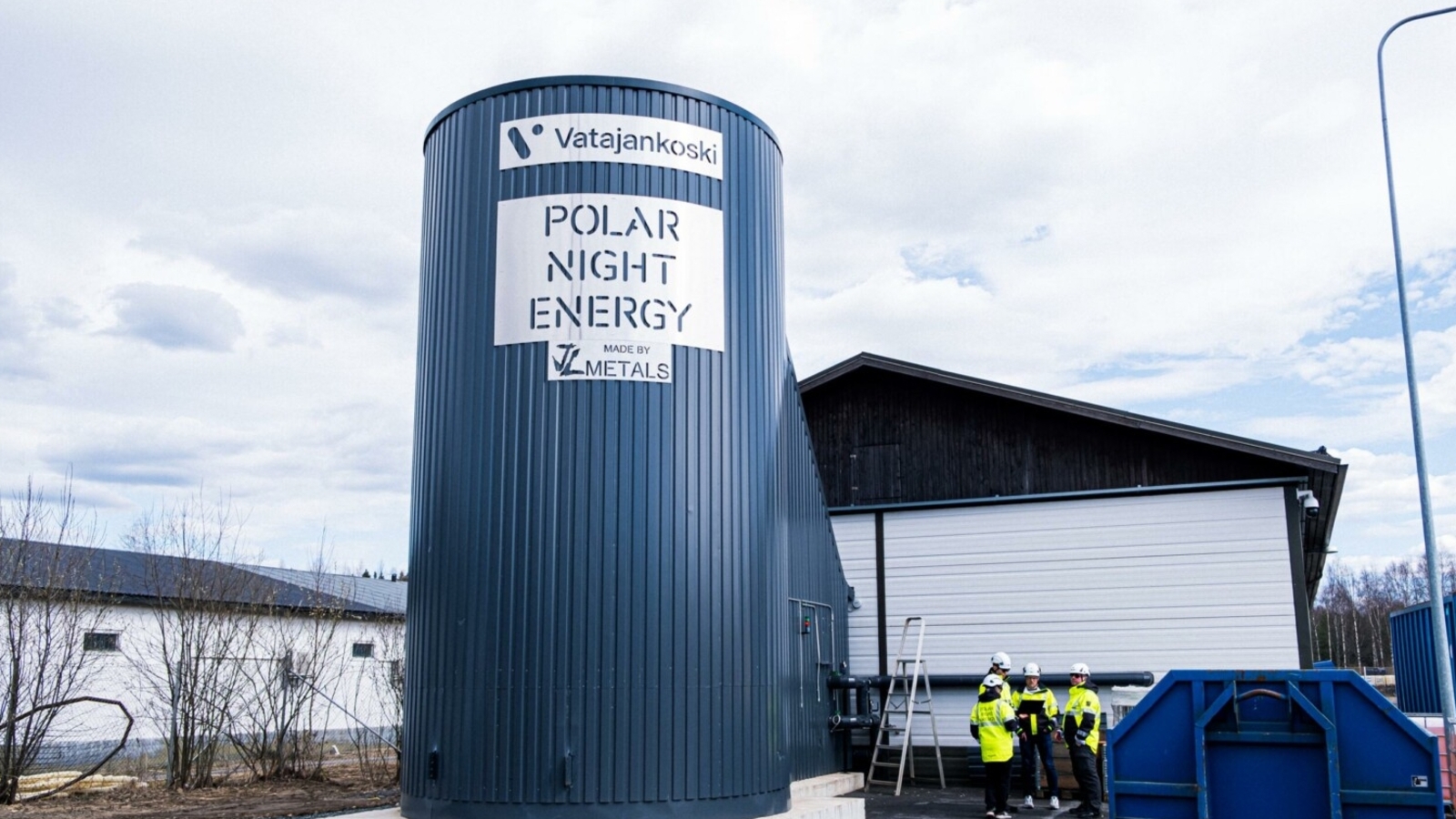Finland has just switched on the world’s largest sand battery, and it’s already making waves in the energy world. The concept is refreshingly straightforward: when there’s extra solar or wind power, the battery stores that energy as heat in a massive silo filled with sand. When the town needs heating, especially during those long Finnish winters, the stored heat is released and piped into homes, offices, and even the local swimming pool, cutting fossil fuels out of the equation.

Sand steps up
Lithium batteries get all the attention, but they’re costly and come with their own environmental baggage. The Finnish team at Polar Night Energy decided to go back to basics and use sand, which is often just industrial waste from fireplace factories. The sand sits in a silo, and when there’s surplus electricity, a current is passed through, heating the sand up to a scorching 400 to 500 degrees Celsius. Thanks to clever insulation, the sand holds onto that heat for weeks, losing only about 10 percent along the way. When warmth is needed, hot air is drawn out and sent into the district heating network, as reported by ZME Science.
This new battery in Pornainen is a powerhouse. It can store about 1,000 megawatt-hours of heat, enough to keep roughly 260 homes warm for a week in winter. The economics are hard to ignore – sand is cheap, and in this case, it’s basically recycled material. The process is simple, but it works.
Can sand batteries go global?
The big question is whether this Finnish innovation can work elsewhere. Sand batteries are a great fit for places with district heating systems, like Northern Europe, because they’re cheap, reliable, and don’t rely on rare materials. In Pornainen, the new battery is expected to cut heating emissions by nearly 70 per cent, saving about 160 metric tons of carbon dioxide every year.
Not every country has a clean grid or the right infrastructure, though. In places where electricity still comes mostly from coal or gas, charging a sand battery could just shift the emissions upstream. Still, the core idea is flexible. You could use other cheap, local materials like crushed brick or volcanic rock and adapt the design to fit what’s already there. If this catches on, sand – something most of us overlook – could play a starring role in the clean energy story.



















